Poonam Gandhi
Discourses around art and heritage are not hackneyed as they might seem, more so in times when protection, preservation and reflection on culture, heritage and society are being considered consequential for present as well as the future of the world. India is a land of copious art with remarkable creations by numerous artists who over the centuries have given us a treasury worth preserving. This essay seeks to provide a historical context of art in India with a brief sketch of artists of ancient times and the genesis of art schools in India.
India has witnessed a great number of historical events and foreign invasions, which have influenced its culture but prior to these recorded invasions, the fields of archaeology and history have highlighted that from early date the natives had profound creative spirit. In fact, art was a part of everyday life in ancient India. Though systematic and chronological description of the artists in ancient India is not found in a single text, there are references to the artists in several ancient literary texts based on which the eminence of the artist and art in ancient times can be gauged. In ancient India, art was considered as a path for realization of the ‘ultimate reality’ moksha. Indian art in ancient times was essentially religious. The arts, poetry, drama, painting, sculpture and music were all considered sacrosanct and spiritual. In fact, while performing ‘yajna’ playing the ‘vina’, singing (hymns) and even dancing was considered essential and sacred (Walimbe 1959:15-16). Such references connote sacredness and divinity to certain art forms practiced during specific occasions in early India.
In a few literary sources it has been noted that the occupation of the artist in ancient India was hereditary and he was bound by social norms and conventions due to which he was not permitted to make too many improvisations in his work. Further, at that time society was stratified and class distinctions were firmly grounded in India. Both artists and artisans belonged to middle and lower groupings. According to Misra, Artists in ancient India were clubbed together in a social hierarchy into a general class of artisans called ‘silpin’ engaged in various crafts. Though, art and craft are categorized into one homogenous category there is reference to various art and crafts and their practitioners in the ancient literary text Chitrasutra of the Vishnudharmottara (Misra 1975). There are references made to the professional artist being revered, as the artist was described as a ‘yogi’ –lost in his art. Vishnudharmottarapurana also mentions the qualities and conduct that an artist requires to have such as he should be restrained, should wear immaculate apparel, should salute the holy ones, pronounce auspicious utterances, bow to the deity, sit facing the east and then start giving expression to his creativity. The painter was supposed to be bright, smiling, carefree but with ennobling thoughts in his mind (Sivaramamurti 1978 a: 2). Another treatise, the ‘Kamasutra’ mentions paintings as one of the sixty-four arts that a gentleman can indulge in while ‘Shilpratna’ mentions artists of high status being recognized and honored by the kings and nobles. Artists of caliber were invited to courts by kings and they also taught the various arts to princes and princesses. Though the social position of the artist was not very high their art was appreciated and patronized by king, which gave the artists certain standing in society. Rajasekhara in his ‘Kavyamimamsa’ mentions, how kings who were themselves learned and patrons of art would create an encouraging atmosphere for art and literature and they held assemblies of proficient artists, adjudging and rewarding them. In the assembly he mentions eminent poets, musicians, dancers, sculptors, painters and other masters of their profession. Art in ancient India flourished due to the patronage of the kings and nobles; in fact, many of the kings were themselves artists, musicians and architects (Sivaramamurti 1978 b: 14).
Thus, there are glimpses of certain kinds of art and artists being revered, at the same time a distinct division between the artisan-craftsman and the artist is indeterminate. Though they had a substantial social status yet the Indian artist did not create according to his individual preference. The ancient Indian tradition did not appreciate a purely personal art. It was believed that the artists and the artisans were only giving shape, expressing the visions and ideas of a ruler, a region or an epoch. The traditional art of India was primarily a result of the collective efforts of unknown artists and craftsmen. The artistic expression was circumscribed by the religious and socio-cultural norms prevailing in the society at that time. The beginnings of individualism in Indian art are visible with the arrival of the Europeans on the Indian soil in the seventeenth century.
Schools of Art in India
Indian culture has been influenced by the western cultural trends and vice versa. India’s cultural interaction increased with the west with the advent of various European trading companies in the seventeenth century. The cultural influence of the British East India Company became evident when schools of art were established in India in the subsequent centuries. These schools of art imparted formal routine way of learning art in an organized manner especially using western techniques. The earliest school of art was in Poona, which was established by Scottish painter James Wales in 1790s. James Wales’ premature death led to the closure of the school and for the next fifty years there were no art schools in India. ‘The idea of establishing schools of art, bore fruit again when in 1850 a school of industries was organized by Dr.G. Buist, editor of Bombay Times, to teach the productions of Indian art-crafts’ (Mago 1995: 21). In 1850, 1854 and 1857 art-craft schools were started in Madras, Calcutta and Bombay respectively. These schools were started on experimental basis and were more of industrial art centers whose aim initially was to be efficient manufacturing units. These schools imparted art education on the lines of the British Royal Academy of Art. The art school system in those times did not encourage creativity or innovativeness nor allowed experimentation. The art schools established were technical vocational institutions. Their aim was to produce mechanically the everyday objects with certain level of finish and appeal. In fact, it was criticized for the typical model like approach that it promoted. The Indian art students were merely imitating the styles and themes of the westerners thereby stifling the innovative and creative spirit of the artist.
The rules of British Royal Academy of learning art were not completely amenable to some of the artists in India for they considered these rules as alien to India’s cultural tradition and Indian aesthetics. Many of the early Indian artists were also inspired by the indigenous art traditions and their art reflected the fusion of traditional and western approach. ‘From the 1920s, exciting experimental approaches were noticeable in the works of Rabindranath Tagore, Gaganendranath Tagore, Nandalal Bose, Jamini Roy and Amrita Sher-Gil. Jamini Roy, in fact, had anticipated the trend of seeking inspiration from folk-art (Kalighat Pata) as early as 1930s. This resurgence toward the indigenous aspects in art is termed as ‘Revivalism’. The term ‘Revivalism’ meant the rebirth or return to traditional Indian culture. The movement took place in the eastern part of India, in Bengal between 1895-1910 because of several factors, among which the primary causes were the rebellion against Western influence as epitomized by the success of Raja Ravi Verma, known for his mythological paintings, and the discovery of the Ajanta frescos[1] (Seth 2006).
In 1881 Raja Ravi Verma, the painter was invited to Baroda State by the visionary and reformer Maharaja Sayajirao III of Baroda. Raja Ravi Verma had ‘carved a niche for himself in the awakening of the modern and contemporary art movement that was taking shape at the dawn of the twentieth century’ (Parimoo 1998: VII). Another important movement was taking shape in the year that India gained independence, as a handful of artists got together in Mumbai to form the Progressive Artists’ group. The progressive artists had rejected the revivalist approach of Bengal School and even opposed the academic styles taught at the schools of art set up by British. The renowned Indian artist M.F.Husain was a member of this group. Thus, post independent India, witnessed a parallel movement taking shape in Mumbai and the Progressive Artists’ Group were the pioneers of the modern art movement in India.
Art School of Baroda
In 1890 Kalabhavan (the name given to the school of art) was established in Baroda which emphasized on learning the industrial arts (The application of aesthetic sensibility to utilitarian objects) . ‘The Kalabhavan in Baroda was also set up with the objective of advancing technology and technical education in conformity to the models of those days’ (Sheikh 1990: 50). This Kalabhavan became the Faculty of Fine Arts in 1950 when the Maharaja Sayajirao University of Baroda came into formal existence. The movement of contemporary art in Baroda was initiated with the creation of the Faculty of Fine Arts. The faculty which was established in the early years of independence reflected the spirit of independence, which was evident in the faculty’s academic and cultural atmosphere.
The Faculty of Fine Arts is considered a premier art institute in India and has global recognition. The contribution of the artists from the Baroda school of art to the contemporary Indian art has been avant-garde; artists have been ‘adventurous’ and ‘experimental’ in their art. The first generation of teachers came from different parts of the country. They were trained in different traditions and possessed diverse ideas about art and art teaching. This Faculty had a blend of elements from traditional and the western academic training, which was imparted to its students. Many artists and teachers from this faculty have successfully been able to bring to the foreground the traditional art practices, and even fused them with those from the west. This school has nurtured the creative spirit and promoted experimentation; hence it is considered as a culturally vibrant place not only in the city but also across the country.
The Faculty of Fine Arts in Maharaja Sayajirao University came to be known as the ‘Baroda school’, basically referring to a particular figurative and narrative style in painting. There are divergent opinions on this, some argue that it is simply an over generalized term imposed upon the faculty which pushes into the background various art trends, languages, styles and experimentations that several artists from Baroda have dealt with and made popular.
*The author has a doctoral degree in the domain of Sociology of Art. She is currently an Associate Professor of Sociology at FLAME University in Pune.
https://www.flame.edu.in/about-flame/faculty/gandhi-poonam
References:
Mago, P. N. 2000. Contemporary Art in India: A Perspective. New Delhi. National Book Trust.
Misra, R.N. 1975. Ancient artists and art- activity. Simla; Indian Institute of Advanced Study.
Parimoo, R. (ed.). 1998. The Legacy of Raja Ravi Varma –The Painter. Baroda; The Maharaja Fatehsingh Museum Trust.
Seth, P. (ed.) 2006. Dictionary of Indian art and artists. India; Mapin publishing.
Sheikh, G. 1997. Contemporary art in Baroda. New Delhi; Tulika Print Communications.
Sivaramamurti, C. 1978 a. Chitrasutra of the Vishnudharmottara. New Delhi; Kanak Publications. And 1978 b. The painter in ancient India. New Delhi; Abhinav Publications
[1] A series of 28 caves excavated near the city of Aurangabad in Maharashtra. During the Gupta era these caves were decorated with wall paintings describing the Buddhist way of life. The pigments used for painting were extracted from mineral rock, powdered and mixed with glue to the plastered wall of the cave.


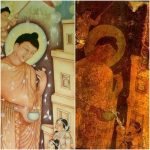


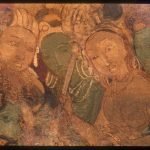

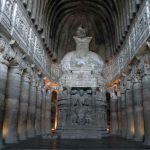

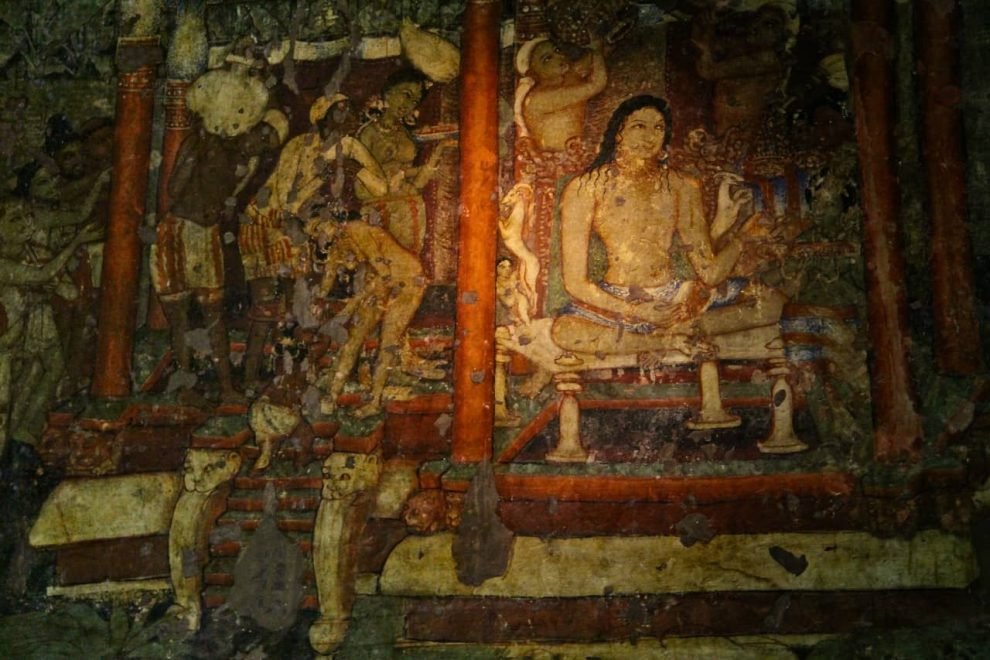
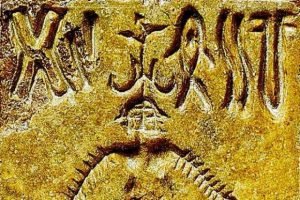

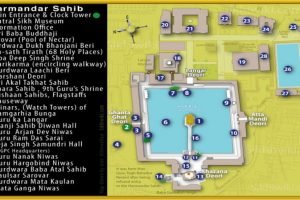



Add Comment